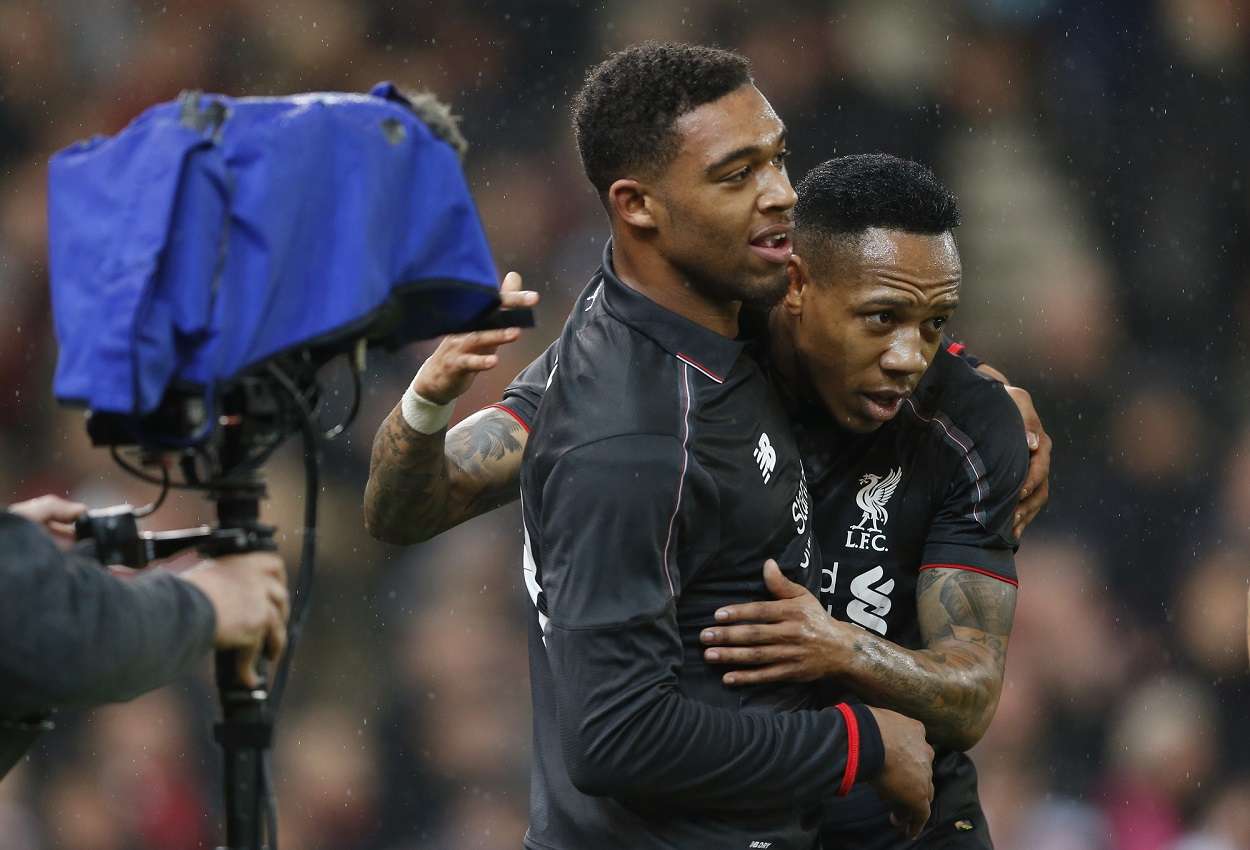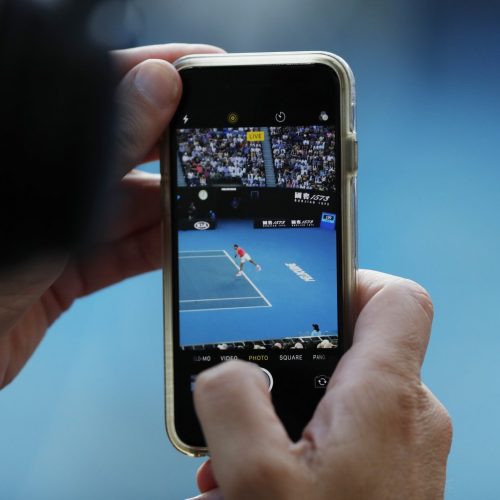How technology is helping sports broadcasting to reach new heights
Sport needs broadcasting as much as broadcasting needs sport. Television money has transformed sports like football (soccer for our American readers), taking it from the back pages to headline news. One significant example is the Premier League rights which were recently sold for a record £5.1 billion.
In return for this investment, media empires have been built. Look at Sky’s growth in subscribers on the back of bankrolling the Premier League since its inception in 1992. So TV companies need sports to deliver on the pitch to entice viewers. But they also need to deliver a quality product themselves to keep people watching, and engaged.
A high profile game-winning play in a recent college football (American Football to our non-American readers) clash showed the difference between capturing live match action, and actually presenting it. Just having a camera in position is not enough; you need an entire outside broadcast infrastructure. Multiple camera angles, live slow-motion replays, insightful graphics and intelligent commentary are all required, alongside a skilled team to make split second calls to best tell the fast moving story on screen as it unfolds before our eyes.
A golden age
In a recent article on Slate, it was argued that NBC’s Sunday Night Football can legitimately be included alongside The Sopranos and Breaking Bad in the debate about the best show on TV. The article, written by New York Times critic Jody Rosen, said of SNF: “It’s the most artful and exciting show, period – a feat of craftsmanship, imagination, and technical wizardry that makes nearly everything else on television look dim and flat-footed by comparison.”
So how are broadcasters delivering sports coverage to this level of critical acclaim and to a point where stadia are now having to play catch-up with their video offering to ensure fans continue to attend games?
A trip to a trade show like IBC or NAB will highlight the vast array of creative and technical solutions now available to productions, all designed to enhance the viewer experience. It wasn’t that long ago that we heralded the introduction of HD; now it’s all about 4K and beyond.
Recent developments like the emergence of IP as an efficient and proven way of transporting media such as broadcast quality video means production teams can be more ambitious and creative in how they cover an event.
Among IPs many benefits, it enables more feeds (including 4K ones) to be carried from a venue, giving the director more camera angles to choose from. It also means more types of cameras can be used to give entirely fresh perspectives.
New storytelling tools
At the recent SVG Europe FutureSport conference in London, those involved in the broadcasting of Rugby World Cup 2015 said that some of the most interesting footage they saw from games never actually made it to the screen – mainly from aerial and remote camera systems. The panel pondered whether there was an opportunity to monetise this unseen content by making it available to audiences (or perhaps even teams for coaching purposes) outside of the broadcast.
IP also enables remote production, the next big frontier in sports outside broadcasting. Through this, productions can be controlled centrally from a home studio, meaning a much smaller crew and less equipment is required on site. The idea is that cameras can be quickly plugged into a network at the venue, and then the feed is carried via IP to the production hub which could even be on a different continent at an event like the Olympics. From there the regular crew can control almost everything, on familiar kit, rather than needing to be on location inside an OB truck, learning new systems on the fly.
Aside from the time and cost savings, remote production opens the door to smaller, minority sports, which tend to miss out on TV exposure because often there is no available budget to cover them.
Today broadcasters want original content to fill airtime and keep audiences engaged. A live event can be one of the most economical ways of doing this. So if a smaller, more nimble OB infrastructure can be used, then financially covering these sports becomes a lot more attractive for them.
A balancing act
There’s a lot of money and investment at stake when it comes to sports broadcasting. But when it comes to competing for subscribers, there’s nothing quite like it to reel in viewers. In return for that monthly direct debit, viewers expect the very best presentation. They want access to more real-time data and want to see it displayed attractively, in a way that’s easy to interpret but won’t distract from what they’re watching. They want to see flashpoints replayed instantly from multiple angles, but they don’t want to miss a moment of the action. They want to get that stadium experience, but from the comfort of their own home.
New technologies are helping meet these challenges head on, and deliver a highly polished product for more sports than ever before. However, as with the raw footage from that college football game, there is a fine line to be trod. And this is where an experienced, and creative human touch is required to blend it all together.
Tristan Earl promotes new technologies within the M&E industry at specialist communications agency, Red Lorry Yellow Lorry. He has a particular interest in how video is used in sports – follow them on Twitter @TristanEarl and @RedLorryComms.
About author
You might also like
Mallory Group Launches White Paper on the ‘New Normal’ for Sports Rights Holders
Sport is proving to be one of the high-profile business casualties of the Covid-19 pandemic. However, its slow and structured return will be a key factor in life entering the
The seven essentials for achieving successful sports branding
By Daniela McVicker When it comes to sports, great branding is a must. Your brand influences how people see your company or team. It helps you to forge connections with
Live Chat: A New Social Experience in Sports
Article written by John S. Kim, CEO and co-founder of global API company SendBird Social media rose to prominence throughout the world due to its potential for connection. Social channels provided the








